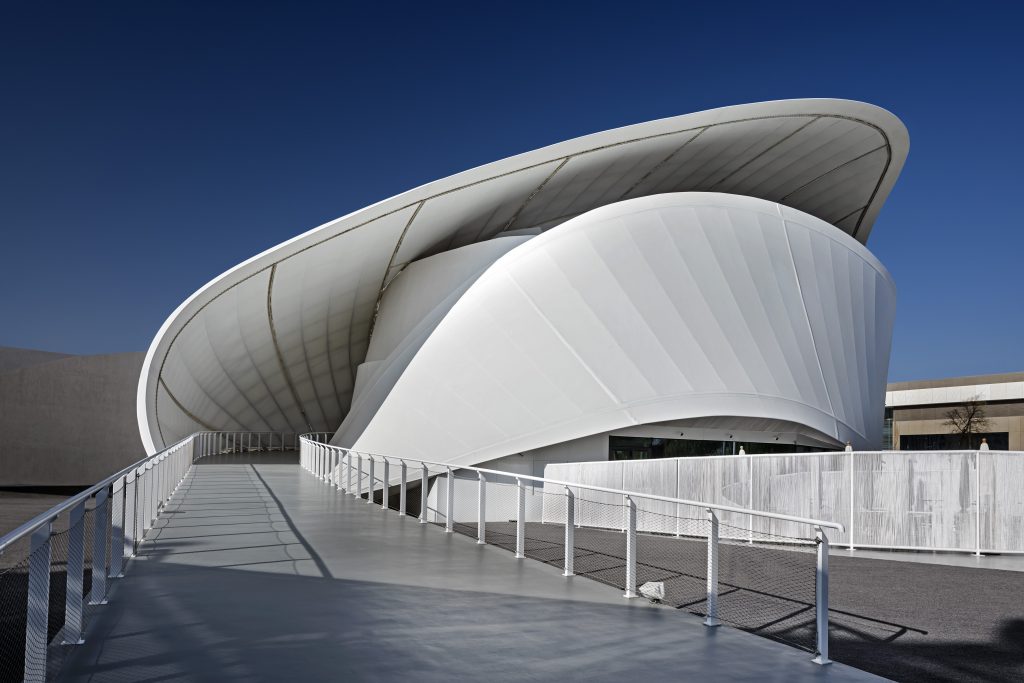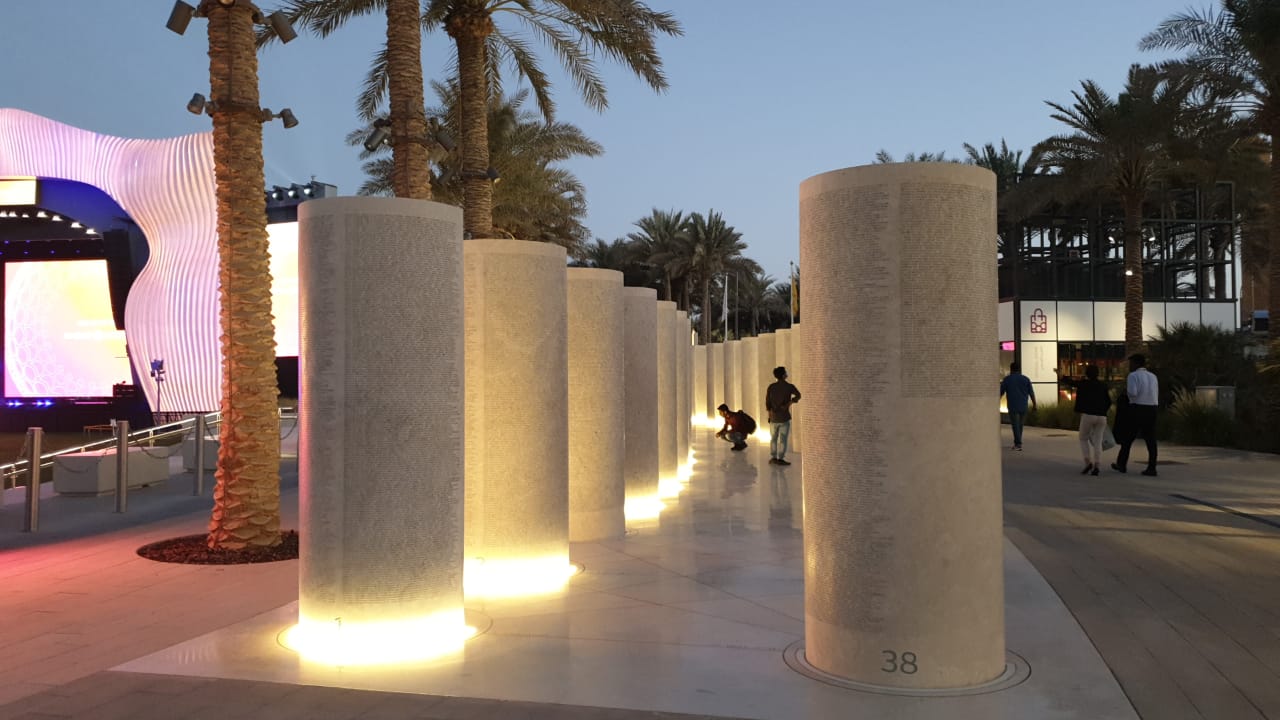Estimated reading time: 4 min
For Expo 2020, taking place in Dubai, our studio RMJM Dubai was part of the executive team for the Emirates Airline Pavillion and the Luxembourg Pavillion. We sat down with Aga Gonclaves, RMJM Dubai’s Architect, to talk about the exciting role of supervising the realisation of these two fantastic pavilions.
What were the most exciting and challenging parts during the site supervision of the Emirates Airline and the Luxembourg Pavilions?
A: The site supervision of the Expo 2020 projects was a unique opportunity, an experience that gave me a rare chance to participate in truly remarkable projects. I am deeply thankful to RMJM for the invaluable possibility that will last a lifetime.
Pulse Group and Metaform Architects have designed Emirates Airline and Luxembourg pavilions respectively. Site supervision of the projects was a constant learning and discovery journey of how architectural ideas can transform into something solid and unique.
Seeing my name etched in stone in a row of installations, as part of the celebration of the individuals who built the Expo site on the Expo 2020 Workers’ Monument, was a great way of appreciating my work at EXPO 2020 over the past years.
The most challenging part was working during the COVID -19 pandemic and managing site supervision of the projects. The situation on the site was extremely difficult, as it required taking the necessary precautions, keeping social distance, and working together on the busy, congested construction sites to ensure the continuation of the construction operations.
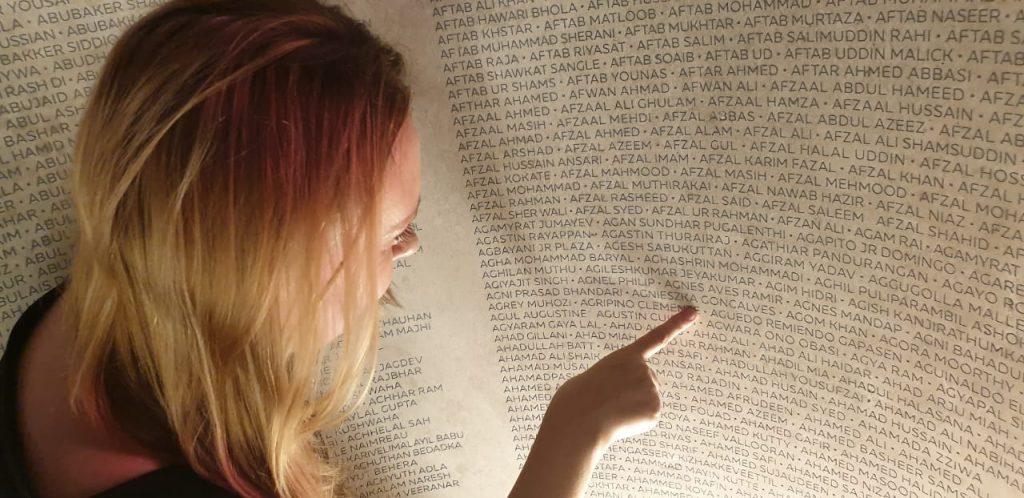
What do you think makes these two projects unique?
A: The pavilions’ spectacular, remarkable design, use of interactive exhibits and reflection of the achievements inspire one to interact and open their mind to new possibilities.
Stepping inside the Emirates Pavilion will take you on a journey of discovery of the future of air travel, immersing yourself in a futuristic onboard experience. You will examine tomorrow’s aircraft technology, have hands-on experience with materials concentrating on the future of commercial aviation, have the opportunity to build your own aircraft, and engage with interactive exhibitions. You will learn about technologies that will power greener skies, increase efficiency in a sustainable way, and change the world of commercial aviation.
The façade of the Emirates Pavilion is designed to resemble aircraft wings in flight, with fins curving around two sides of the structure. The exterior lighting system illuminates in vibrant colours at night. The interior’s bright, ultramodern design allows natural light from above to reach the lower floors, providing a core area meant to identify the flowing, inner architecture.
Luxembourg Pavilion has a slide feature at Expo 2020 Dubai! You will be able to experience sliding into a green, woody space that evokes the country’s beautiful forest. The design of the spiral shape of the Luxembourg Pavilion was based on the Mobius ribbon with no beginning or end, representing an infinite, circular economy.
The pavilion experience takes the journey on the ramp as “a walking movie”. It is a unique architectural structure – the scenographic design is conveying the message of the resourceful Luxembourg Pavilion as diversity, connectivity, sustainability, enterprising and beauty of the Luxembourg heritage and nature.
By visiting these pavilions, visitors can experience an opportunity to immerse yourself in-a-lifetime spirit of a range of connectivity and what is yet to come.
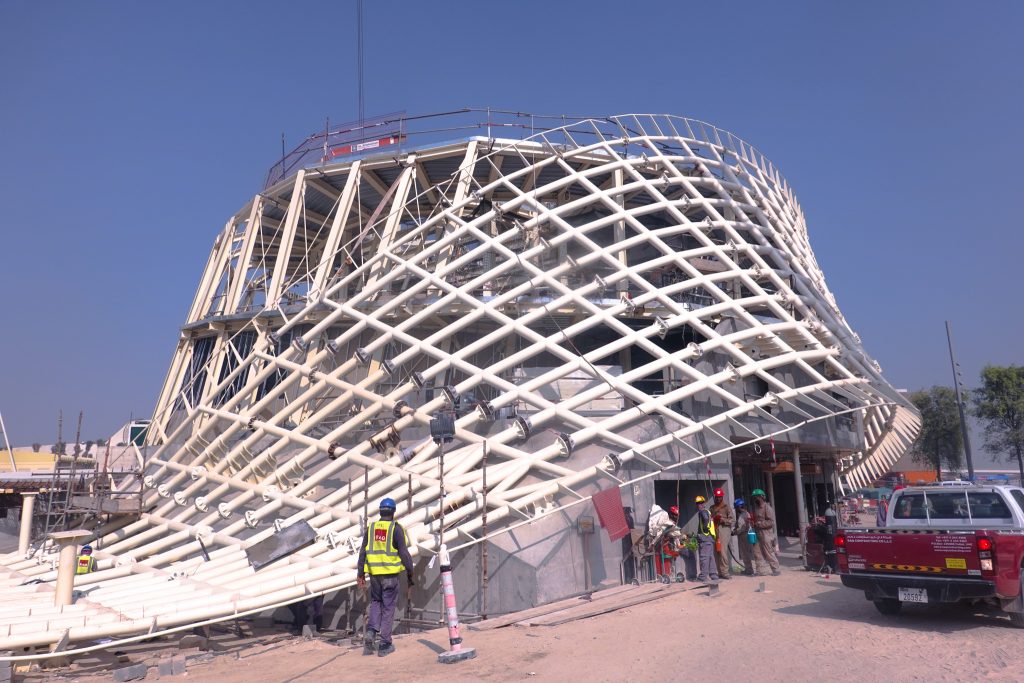
How has RMJM’s role as the executive architect shaped the outcome of the Pavillions?
A: RMJM was given an integral important role in the project delivery, construction phase, and continuation of the design intent. Our team gave special attention to the quality of the construction works that shaped the final desired goals of the projects.
RMJM’s responsibilities required close aesthetics and technical coordination, reviewing construction drawings, quality of materials and inspection of the workmanship in accordance with approved shop drawings. I especially enjoyed solving project-specific issues and ensuring compliance with all local authority requirements.
What are you taking away from this experience?
A: It was an incredible experience and an invaluable opportunity working with amazing, very talented architects, mentorships like Zoi Gazila and GG Kirchner who will forever inspire me as an architect.
The complexity of the pavilions required a greater collaboration across all disciplines. The joint effort with WME Engineers was based on the highest standards of competence. It was a chance to push the boundaries of design with engineering. We set new benchmarks for higher project quality. Participation in the construction process from the beginning to the end gave me a priceless experience, and professional satisfaction and opened a broader view of the universal concept of design. Architecture is an art, it has the power to express views, and connect people with each other and nature.
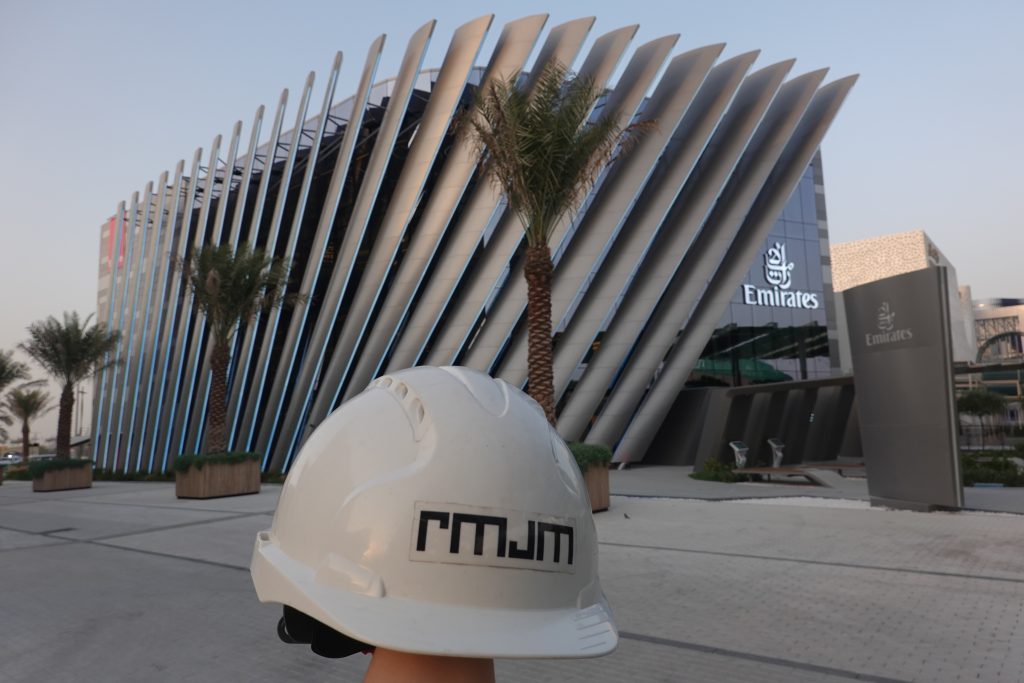
You’ve studied and worked in several countries; how do things vary between them?
A: Working abroad means confronting challenges you’ve never faced before. You meet people not only from the host country but also from other countries. It is time to make friends and coworkers from a diverse variety of ethnic and social backgrounds, when you not only learn more about different cultures but also begin to respect and value diversity.
Working in a different country exposes you to new ideas, and a diverse design approach, and gives you a broader perspective on architecture.
